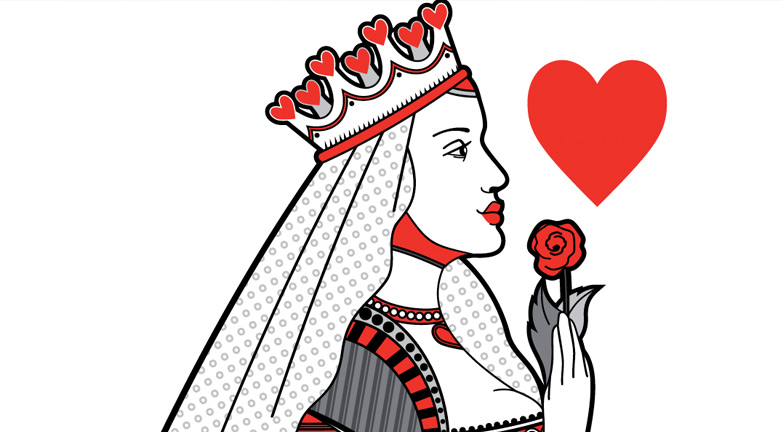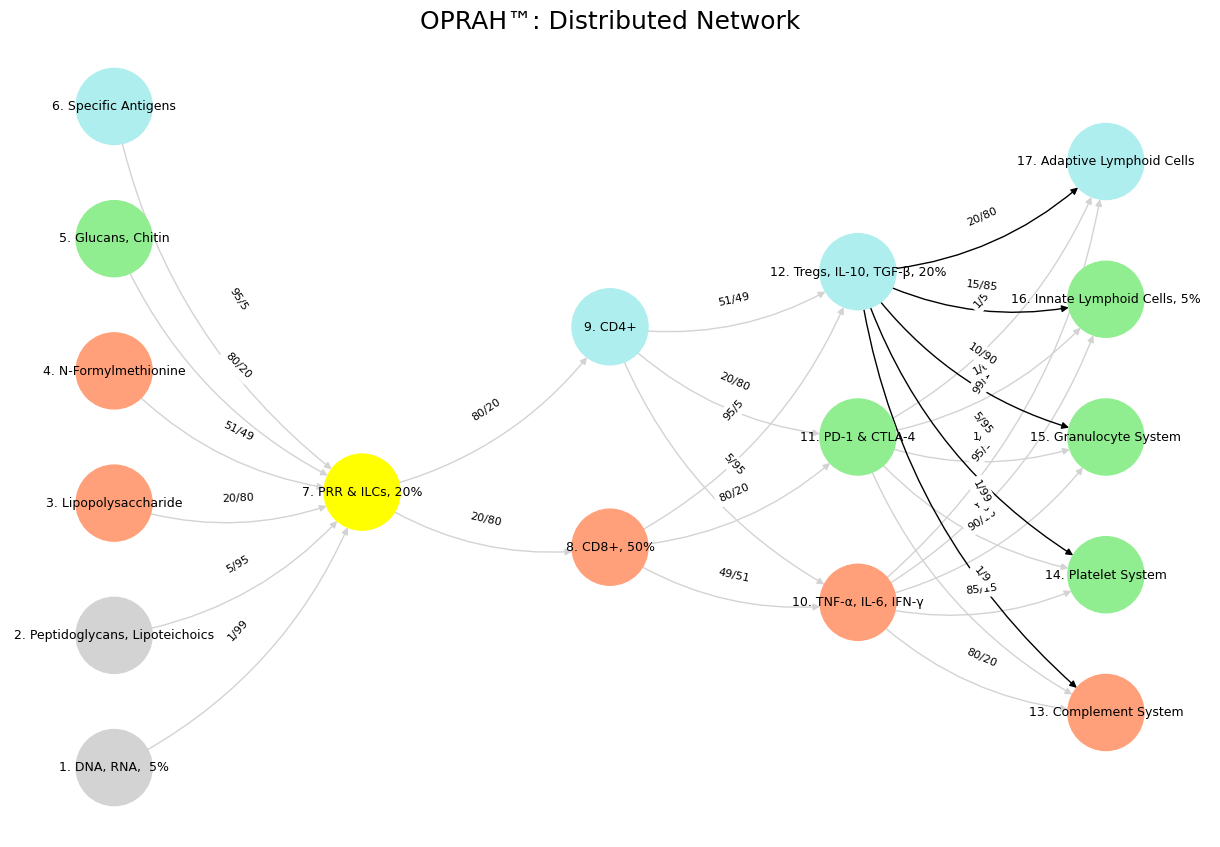Prometheus#
Let’s dive into another romp through our conceptual playground, this time drawing parallels between the immune system and blockchain ledgers, while contrasting them with the nervous system and Rupert Murdoch’s succession saga. Our layer 4 palette—lightsalmon’s sympathetic adversarial edge, paleturquoise’s parasympathetic cooperative flow, and lightgreen’s transactional toggling—serves as the bridge. The immune system, with its mismatch repair (MMR) and PD-1 checkpoints, mirrors blockchain’s decentralized fidelity, both systems obsessed with integrity and consensus. Meanwhile, the nervous system’s centralized orchestration and Murdoch’s top-down control offer a foil—two models of authority that buckle where immunity and blockchain bend. It’s a tale of ledgers, biological and digital, versus networks, neural and dynastic, with lessons in resilience and rigidity.

Fig. 15 Body Composition & Ubuntu. The body is essentially skeleton, water, blood, fat, and muscle. The overarching ecosystem including organs and systems is held together by the skeleton. And the water or fluids from various locales of the body are the bellweather for ecosystem integration. Markers for adversarial conditions including cortisol and adrenaline travel through the ecosystem in the blood. And the tokenization of dynamic state of affairs is the adipose tissue. Whereas the utlimate manifestation of resilience, dynamism, and strength is the muscle. In frailty, the starkest changes are in muscle mass, strength, and activity. From the microstructure of the body to the macrostructure of intelligence, the same fractal geometry unfolds. The skeleton is the immutable scaffolding of both the body and the cosmos, while water reflects perception and integration, ensuring fluid adaptation. Blood transmits signals of action, while fat encodes dynamic states, storing and releasing resources as needed. Finally, muscle embodies realized strength, the will to act and persist. In frailty, the starkest changes occur in muscle—the loss of dynamism is the clearest signal of decline. Ubuntu, at its core, is the recognition that the health of the individual is intertwined with the vitality of the system—be it the body, society, or intelligence itself.#
Start with the immune system and blockchain: both are distributed systems guarding a sacred record. In MMR, DNA replication churns out daughter strands, prone to errors, and the machinery—guided by nicks, PCNA, and MutLalpha—verifies them against the parental template, repairing mismatches to preserve the genetic ledger. Blockchain operates similarly: each block, a new “strand,” is cryptographically linked to its predecessor, with miners or nodes validating transactions via consensus protocols like proof-of-work or proof-of-stake. Lightsalmon flares in both when threats emerge—PD-1 signaling “non-self” to fight invaders, or a 51% attack threatening blockchain’s integrity. Paleturquoise hums in the cooperative upkeep—immune cells sharing signals, nodes syncing ledgers. Lightgreen’s transactional heart beats in the mediation—PCNA’s precise loading at nicks, or smart contracts executing trustless deals. Both systems thrive on redundancy and verification, ensuring no single point of failure corrupts the chain.
Now pivot to the nervous system and Murdoch’s empire, where centralization reigns. The nervous system, with its brain as command center, channels sensory inputs and motor outputs through a hierarchical network—lightsalmon’s fight-or-flight surges, paleturquoise’s rest-and-digest calms, and lightgreen’s autonomic ganglia toggle between them. It’s fast, adaptive, but fragile: a stroke or severed spine disrupts the whole. Murdoch’s “Project Family Harmony” mirrors this—a patriarch as the brain, directing his heirs like neurons in a circuit. His trust structure aimed for paleturquoise cooperation, but lightsalmon’s adversarial family feuds (Lachlan vs. James) overwhelmed it, and lightgreen’s transactional legal tweaks couldn’t stabilize the toggling. Unlike blockchain’s distributed nodes or immunity’s cellular army, both rely on a single locus of control, vulnerable to misfires or mismanagement.
The parallels deepen in how immunity and blockchain handle “truth.” MMR’s strand-specific repair—distinguishing daughter from parent via hemimethylation or nicks—echoes blockchain’s immutable history, where each block’s hash anchors the next, making retroactive tampering evident. Failure in either triggers a shift: PD-1 marks a mismatch as “non-self,” escalating to conflict; a blockchain fork signals a ledger dispute, resolved by consensus or schism. Contrast this with the nervous system’s plasticity—it rewrites itself through learning, not rigid fidelity, and Murdoch’s ad-hoc trust revisions, which lacked consensus, bred chaos. Immunity and blockchain don’t negotiate truth centrally; they distribute it, letting local actors (cells, nodes) enforce the record. The nervous system and Murdoch, tethered to a boss, rewrite or dictate it, risking distortion.
Resilience is the clincher. Immunity and blockchain absorb shocks—DNA repairs mutations, ledgers resist double-spends—because their strength lies in dispersal. If one cell fails, others compensate; if a node drops, the network persists. The nervous system, though, falters when its hub stumbles—think Alzheimer’s scrambling the ledger of memory. Murdoch’s dynasty imploded when his central vision clashed with his heirs’ autonomy, no distributed trust to fall back on. Lightsalmon’s fight, paleturquoise’s harmony, and lightgreen’s transactions play out in all four, but immunity and blockchain weave them into a robust fabric, while the nervous system and Murdoch stitch a brittle tapestry, easily torn by a single thread’s pull.
So, what’s the takeaway? The immune system and blockchain share a strategic genius: a bequest of integrity through decentralized diligence, a ledger—genetic or digital—that endures because it doesn’t trust one ruler. The nervous system and Murdoch, for all their command, lack that humility. Rupert might’ve envied blockchain’s unyielding consensus over his family’s squabbles, or immunity’s quiet repair over his loud rewrites. In our prankish map, the parallel shines: systems that distribute power outlast those that hoard it, whether in cells, code, or dynasties gone awry.
Show code cell source
import numpy as np
import matplotlib.pyplot as plt
import networkx as nx
# Define the neural network layers
def define_layers():
return {
'Suis': ['DNA, RNA, 5%', 'Peptidoglycans, Lipoteichoics', 'Lipopolysaccharide', 'N-Formylmethionine', "Glucans, Chitin", 'Specific Antigens'],
'Voir': ['PRR & ILCs, 20%'],
'Choisis': ['CD8+, 50%', 'CD4+'],
'Deviens': ['TNF-α, IL-6, IFN-γ', 'PD-1 & CTLA-4', 'Tregs, IL-10, TGF-β, 20%'],
"M'èléve": ['Complement System', 'Platelet System', 'Granulocyte System', 'Innate Lymphoid Cells, 5%', 'Adaptive Lymphoid Cells']
}
# Assign colors to nodes
def assign_colors():
color_map = {
'yellow': ['PRR & ILCs, 20%'],
'paleturquoise': ['Specific Antigens', 'CD4+', 'Tregs, IL-10, TGF-β, 20%', 'Adaptive Lymphoid Cells'],
'lightgreen': ["Glucans, Chitin", 'PD-1 & CTLA-4', 'Platelet System', 'Innate Lymphoid Cells, 5%', 'Granulocyte System'],
'lightsalmon': ['Lipopolysaccharide', 'N-Formylmethionine', 'CD8+, 50%', 'TNF-α, IL-6, IFN-γ', 'Complement System'],
}
return {node: color for color, nodes in color_map.items() for node in nodes}
# Define edge weights
def define_edges():
return {
('DNA, RNA, 5%', 'PRR & ILCs, 20%'): '1/99',
('Peptidoglycans, Lipoteichoics', 'PRR & ILCs, 20%'): '5/95',
('Lipopolysaccharide', 'PRR & ILCs, 20%'): '20/80',
('N-Formylmethionine', 'PRR & ILCs, 20%'): '51/49',
("Glucans, Chitin", 'PRR & ILCs, 20%'): '80/20',
('Specific Antigens', 'PRR & ILCs, 20%'): '95/5',
('PRR & ILCs, 20%', 'CD8+, 50%'): '20/80',
('PRR & ILCs, 20%', 'CD4+'): '80/20',
('CD8+, 50%', 'TNF-α, IL-6, IFN-γ'): '49/51',
('CD8+, 50%', 'PD-1 & CTLA-4'): '80/20',
('CD8+, 50%', 'Tregs, IL-10, TGF-β, 20%'): '95/5',
('CD4+', 'TNF-α, IL-6, IFN-γ'): '5/95',
('CD4+', 'PD-1 & CTLA-4'): '20/80',
('CD4+', 'Tregs, IL-10, TGF-β, 20%'): '51/49',
('TNF-α, IL-6, IFN-γ', 'Complement System'): '80/20',
('TNF-α, IL-6, IFN-γ', 'Platelet System'): '85/15',
('TNF-α, IL-6, IFN-γ', 'Granulocyte System'): '90/10',
('TNF-α, IL-6, IFN-γ', 'Innate Lymphoid Cells, 5%'): '95/5',
('TNF-α, IL-6, IFN-γ', 'Adaptive Lymphoid Cells'): '99/1',
('PD-1 & CTLA-4', 'Complement System'): '1/9',
('PD-1 & CTLA-4', 'Platelet System'): '1/8',
('PD-1 & CTLA-4', 'Granulocyte System'): '1/7',
('PD-1 & CTLA-4', 'Innate Lymphoid Cells, 5%'): '1/6',
('PD-1 & CTLA-4', 'Adaptive Lymphoid Cells'): '1/5',
('Tregs, IL-10, TGF-β, 20%', 'Complement System'): '1/99',
('Tregs, IL-10, TGF-β, 20%', 'Platelet System'): '5/95',
('Tregs, IL-10, TGF-β, 20%', 'Granulocyte System'): '10/90',
('Tregs, IL-10, TGF-β, 20%', 'Innate Lymphoid Cells, 5%'): '15/85',
('Tregs, IL-10, TGF-β, 20%', 'Adaptive Lymphoid Cells'): '20/80'
}
# Define edges to be highlighted in black
def define_black_edges():
return {
('Tregs, IL-10, TGF-β, 20%', 'Complement System'): '1/99',
('Tregs, IL-10, TGF-β, 20%', 'Platelet System'): '5/95',
('Tregs, IL-10, TGF-β, 20%', 'Granulocyte System'): '10/90',
('Tregs, IL-10, TGF-β, 20%', 'Innate Lymphoid Cells, 5%'): '15/85',
('Tregs, IL-10, TGF-β, 20%', 'Adaptive Lymphoid Cells'): '20/80'
}
# Calculate node positions
def calculate_positions(layer, x_offset):
y_positions = np.linspace(-len(layer) / 2, len(layer) / 2, len(layer))
return [(x_offset, y) for y in y_positions]
# Create and visualize the neural network graph
def visualize_nn():
layers = define_layers()
colors = assign_colors()
edges = define_edges()
black_edges = define_black_edges()
G = nx.DiGraph()
pos = {}
node_colors = []
# Create mapping from original node names to numbered labels
mapping = {}
counter = 1
for layer in layers.values():
for node in layer:
mapping[node] = f"{counter}. {node}"
counter += 1
# Add nodes with new numbered labels and assign positions
for i, (layer_name, nodes) in enumerate(layers.items()):
positions = calculate_positions(nodes, x_offset=i * 2)
for node, position in zip(nodes, positions):
new_node = mapping[node]
G.add_node(new_node, layer=layer_name)
pos[new_node] = position
node_colors.append(colors.get(node, 'lightgray'))
# Add edges with updated node labels
edge_colors = []
for (source, target), weight in edges.items():
if source in mapping and target in mapping:
new_source = mapping[source]
new_target = mapping[target]
G.add_edge(new_source, new_target, weight=weight)
edge_colors.append('black' if (source, target) in black_edges else 'lightgrey')
# Draw the graph
plt.figure(figsize=(12, 8))
edges_labels = {(u, v): d["weight"] for u, v, d in G.edges(data=True)}
nx.draw(
G, pos, with_labels=True, node_color=node_colors, edge_color=edge_colors,
node_size=3000, font_size=9, connectionstyle="arc3,rad=0.2"
)
nx.draw_networkx_edge_labels(G, pos, edge_labels=edges_labels, font_size=8)
plt.title("OPRAH™: Distributed Network", fontsize=18)
plt.show()
# Run the visualization
visualize_nn()

Fig. 16 Nostalgia & Romanticism. When monumental ends (victory, optimization, time, recovery), antiquarian means (war, combinatorial-search, space, dynamic-capability), and critical justification (bloodshed, massive, agency, enurance) were all compressed into one figure-head: hero. This yellow node is our nostalgia for when we were younger, more vibrant.#

